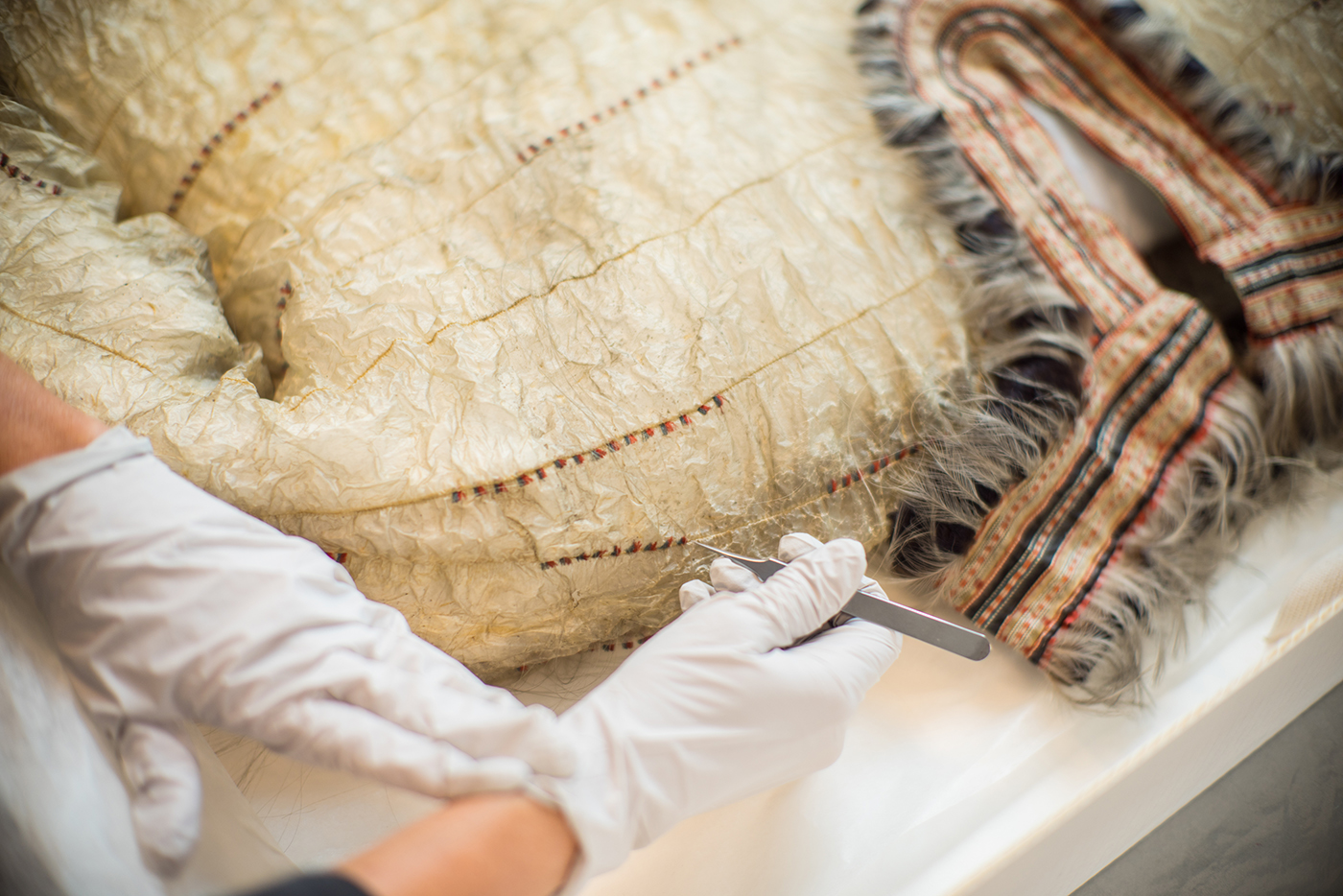Plato, Phaedrus, 265e.
T. Rose Holdcraft, Sven Haakanson Jr., Ellen Promise, Judy Jungels, Fran Ritchie, and Patricia Capone, “Collaborative Study and Preservation of Coastal Alaskan Native Watercraft and Material Culture,” Journal of the American Institute for Conservation 60, no. 1 (2021): 2–17.
Tim Ingold, “The Art of Paying Attention,” Presented at The Art of Research, Helsinki, November 29, 2017, ➝.
Stathis C. Stiros, “Accurate Measurements with Primitive Instruments: The ‘Paradox’ in the Qanat Design,” Journal of Archaeological Science 33, no. 8 (August 1, 2006): 1058–1064.
